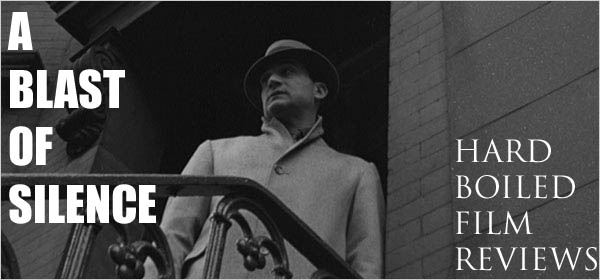A lot has been made about the Danish filmmaker von Trier and his most line-crossing film yet, Antichrist. The film received cheers and jeers at the Cannes Film Festival, and even caused at least four people to pass out. He even was said to have suffered through stints of depression during the making of the film that almost jeopardized the production, and this personal level shows inside the film.
Perhaps von Trier’s most painstaking work of art, watching Antichrist is an ordeal for its audience. A lot can be made about whether or not the level of violence is okay and if the claimed mistreatment of women and misogyny portrayed is something better left unseen. Chapter by chapter, von Trier outdoes himself in the explicit detail of the film’s graphic moments. There are sexually exploitative scenes worthy of an NC-17 rating due to the abuse of sexual organs, not to mention the complete mental instability and breakdown of the film’s two characters as they stay secluded in the woods, facing fears and trying to save a marriage hurt by the accidental loss of their young son.
But I did love and appreciate this film, believe me. And not because I’m gung-ho on the amount of violence or could actually relate to any of the psychological pains the character faced, or even enjoyed watching them have to try to overcome them. The honest truth is that this is a very well made film. Position on the level of violence you can tolerate aside, I find it hard to ignore the level of emotional impact the events bring forward. The entire film is spent with two characters, and you are extremely invested in them emotionally because of this and a strong script. Whether you like them or not, you’re sharing something with them, and you feel it. With wow-factor in tact, the film is a literal edge of your seat horror film, if you want to call it that.
The core of Antichrist is this really simple but obviously complex interaction between a husband and a wife in the midst of a troubled marriage based on distance relations and now a grave accident with the loss of a child. Fear and biblical meaning surround the characters, and von Trier’s ideas about what scares us are unrelenting.
Responsible for carrying all the on screen weight in the film between husband and wife are Dafoe and Gainsbourg, who together make for a remarkable duo performance. Gainsbourg especially gave an outstanding performance of complete mental breakdown, a downright scary portrayal. Not knowing how the Academy will react to a film as grotesquely displaying as Antichrist, it will remain to see if Gainsbourg gains any kind of respect during award season.
Controversial subjects are best discussed after letting them sizzle in your brain. When it comes down to it for me, Antichrist was an extremely moving and intense film. Much like von Trier’s Breaking the Waves, another solemn study in marriage relationship, Antichrist is absolutely riveting, just for different reasons.
Perhaps the most original genre-bending psychological thriller and horror film of the year, Antichrist carries much weight by its side with emotionally invested characters coupled with scenes of intimidating, blunt and even at times pure strange imagery. Not for everyone, but those who are intrigued should find themselves jarred in one way or another as Antichrist is one of the most impacting and jolting films to come out in years as it contains enough pain to help it find its way onto many infamous shortlists of the most disturbing films ever made.



No comments:
Post a Comment